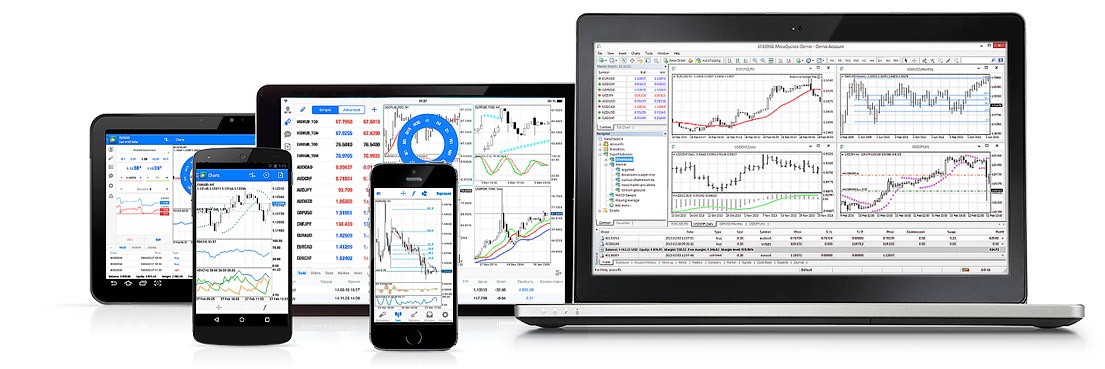7 Considerations for Selecting a Metatrader 4 Liquidity Bridge
October 26, 2016
There are many ways to trade the forex market as it depends very much on the capital that is invested. Because of capital constraints, the clear majority of retail traders is using retail brokers as intermediaries to gain access to the forex market.
If capital is not an issue, there are brokers that allow access to the forex market under special conditions, guaranteeing bigger amounts, and offering special trading platforms to make the trading process as smooth as possible.
However, as mentioning above, retail traders are due to use the most popular trading platform for retail trading, the Metatrader. This comes in two options: Metatrader 4 and 5, with both trading platforms being suitable for specific trading conditions. For example, in the United States, where hedging is not allowed and trades are being closed on a FIFO (First in First Out) rule, Metatrader 5 is more popular than the Metatrader 4 platform.
Nevertheless, between the two trading platforms, Metatrader 4 is the one used for charting and overall it is preferred by traders. As a broker, when offering the Metatrader 4 platform, the server applications can greatly increase the size of any brokerage house.
Lately, STP (Straight Through Processing) models that are effectively passing the trades to larger liquidity providers have become quite popular. To do that, the broker needs to purchase a liquidity bridge, or a link, between the Metatrader 4 server application and the liquidity providers.
There are several things to consider before selecting the liquidity bridge provider, and below are the most important ones. Keep in mind that the decision to select such a bridge provider should come at the end of a due diligence process that considers all aspects of the new business.
Things to Consider in the Decision-Making Process
The first thing that needs to be checked is the company’s eligibility for providing such a service. Programming a liquidity bridge is not an easy task and the whole industry is relatively new.
This means that one should look for another similar project the company may have done in the past, as well as the overall experience in the area. Of course, it is preferred to work with an experienced partner.
Moreover, reputation is important as well. By reputation, look for the company to be “clean” when it comes to programming issues with other projects and to stand out of the crowd when compared to other similar vendors.
Competition should be considered as well. By competition, look at it from both stances: the brokerage house’s competition and the vendor’s one. What competitors are using as a liquidity bridge provider, what are their experiences, etc., is important information when looking to select the right partner.
Furthermore, look at what other brokerage houses used the services of the liquidity bridge vendor, as their experiences might tell a lot about the vendor. Sending emails and asking for references is a way to obtain this information.
In the same area, the bigger the brokerage house that used the services of the liquidity bridge vendor, the better. This means that the technological solution is good enough to support many forex traders.
Looking at the other side of the fence, try to find out to which liquidity providers the vendor developed bridges? The usual caveat applies here as well: the bigger the liquidity provider, the more complex the programming, hence the more eligible the liquidity bridge provider is.
Other things are worth looking for as well, like what support is being offered after the bridge implementation, the costs associated with it, etc.
All in all, consider this as being a list to follow for any kind of business, as, essentially, looking for competition and trying to find out more details about a company is something that is mandatory before deciding to buy a product of any kind.



